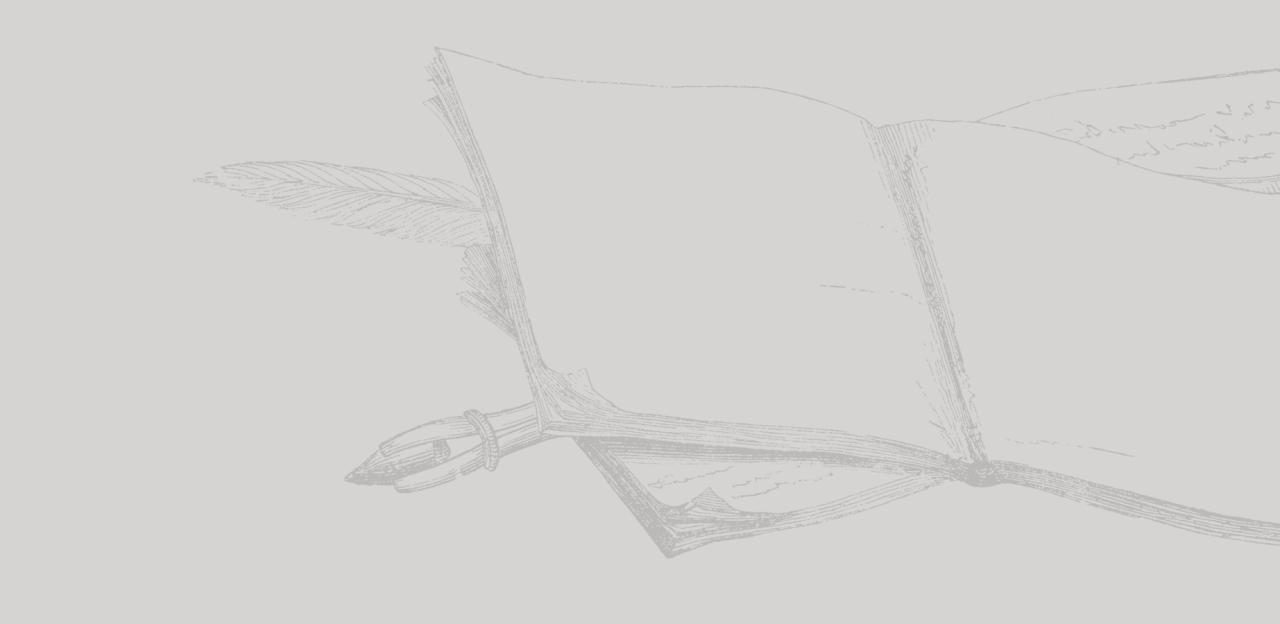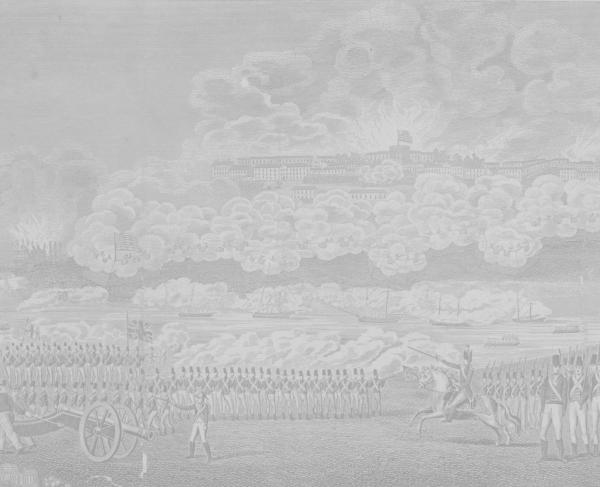Thayendanegea: "Drew Them Into An Ambuscade

Thayendanegea—known as Joseph Brant to his British allies—is mentioned in this printed account in The Leeds Intelligencer and Yorkshire General Advertiser (newspaper) on September 29, 1778. The writer suggests that if frontier fighting like Thayendanegea and British Rangers practiced had been used more, British armies might have more successes in wilderness terrain.
Extract of a letter from Quebec, dated July 8 [1778]
"Though some of our troops have been employed with Savages, yet I cannot think they have been employed to the best advantage; fifteen hundred, or two thousand Rangers, with half the number of Savages divided into small parties, scour the frontiers of the New England Settlements, not to kill any but such as are found in arms, would have an effect scarcely to be conceived; and had General Carleton's opinion on this head been adopted, General Burgoyne and his army had never suffered disgrace. A party of Savages, commanded by one Joseph Brant, a civilized Indian, have lately been on an expedition to the Mohawk River. After they had done much mischief, a party of Rebels was sent out after them, but Joseph drew them into an ambuscade, and killed or took prisoners all the party except three. He brought in five prisoners, and 300 scalps: Not a person was killed or hurt but such as was found in arms.
"But accounts just received from Col. Butler, who commanded a corps of Rangers, we learn that he has taken and destroyed fourteen picketted fortresses on the back of Pennsylvania, and that he fell in with a party of the Rebels on the Susquehanna, who, after two fires, ran away, and were pursued by him; 1 Lieutenant Colonel, 2 Majors, 7 Captains, 13 Lieutenants, 11 Ensigns, and 200 rank and file were killed, and this with only the loss of one Ranger, and a few Savages killed on our side. This shews what a few men employed this way would do."
Source:
"Extract of a Letter from Quebec," The Leeds Intelligencer and Yorkshire General Advertiser, September 29, 1778, Page 2. Accessed through Newspapers.com


